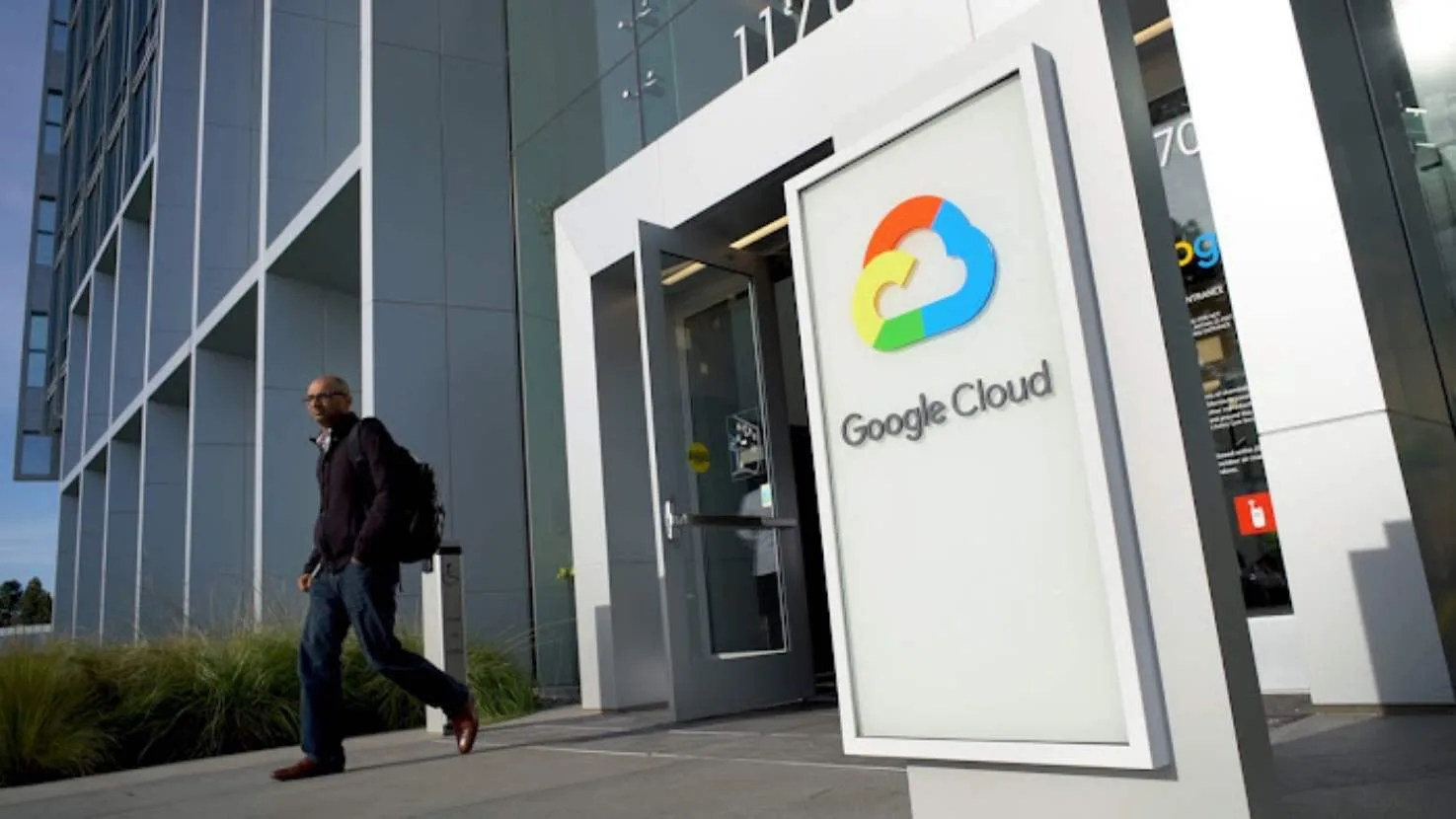Australian Securities Exchange (ASX) has selected Google Cloud as its preferred cloud partner to build its data product innovation strategy.
ASX has migrated its data and analytics footprint to Google Cloud, enhancing its capabilities to inform product innovation and extend access to insights for ASX and its local and global customers.
Using DataSphere, ASX’s data science platform, Google Cloud’s data and analytics technologies will provide actionable insights for member firms.
The data difference
DataSphere is ASX’s data science and commercialisation platform, providing access to data, analytics, and innovation for ASX and its partners.
ASX is leveraging Google Cloud’s industry-leading data and analytics technologies, to drive actionable insights from the platform, with scale and security at the core.
ASX’s deep ecosystem of financial data will provide its partners with access to unique datasets; deeper, machine learning-based insights; end-to-end governance; and tools to build, commercialise, and distribute new financial models to their customers.
Dan Chesterman, group executive, Technology and Data, Chief Information Officer at ASX says Data is central to our strategy—financial markets depend upon reliable, timely and relevant data
“We operate critical infrastructure that underpins both the Australian and New Zealand financial markets, so having access to best-in-class technology is critical.”
“Our collaboration with Google Cloud enables us to make data and insights accessible in a flexible and scalable environment. It will help us bring new products and services to market faster.” said Chesterman
ASX is currently building new products with its debt, equities and futures market data, and investigating opportunities to collaborate on product development with Google Cloud.
ASX’s technology transformation
The migration to Google Cloud, supported by implementation partner Servian, forms part of ASX’s broader business and technology transformation.
The exchange is in the process of renewing several core platforms which will see the average age of the core equity market technologies drop from over 20 years to an average of less than five years.
Through this modernisation, ASX has introduced contemporary technology patterns and is digitising more parts of its business to deliver an improved customer experience.
“As one of the world’s top-10 listed exchange groups, ASX is transforming how financial markets deliver value by harnessing the power of data,” said Alister Dias, vice president, Google Cloud, Australia and New Zealand.
“By partnering with Google Cloud, ASX is fast-tracking its product innovation, by unifying their vast data estate and accelerating insights for all of their partners and truly unlocking the value of data and analytics.” said Dias
Sharpening focus on skills and training
To support ASX’s continued investment and effort in securing, developing, and nurturing the best industry talent, Google Cloud and Servian have also delivered customised training and enablement plans for employees to empower them in building the cloud and digital skills required to run DataSphere with Google Cloud technology.
The enablement is continuing with the co-design of a cross-ASX training program that will provide employees with an opportunity to learn and apply the latest technologies to their jobs. The outcome will be a workforce rich in cloud experience and poised to accelerate the exchange’s technology ambitions.
Several checquered technology transformation programmes on the ASX have been observed recently with the Australian Securities and Investment Commission imposing new restrictions on the country’s national stock exchange following a botched technology upgrade in November 2020 that stopped trade for a day.
In March this year, the futures market was knocked out for four hours; the Exchange’s much-delayed blockchain-based post-trade network continues to suffer ongoing delays and outages.
Meanwhile the ongoing saga over the Exchange’s delayed blockchain-based post-trade network is continuing and initially set for go-live in April 2021, the project has suffered multiple delays and is unlikely to see a production environment before late 2024.







